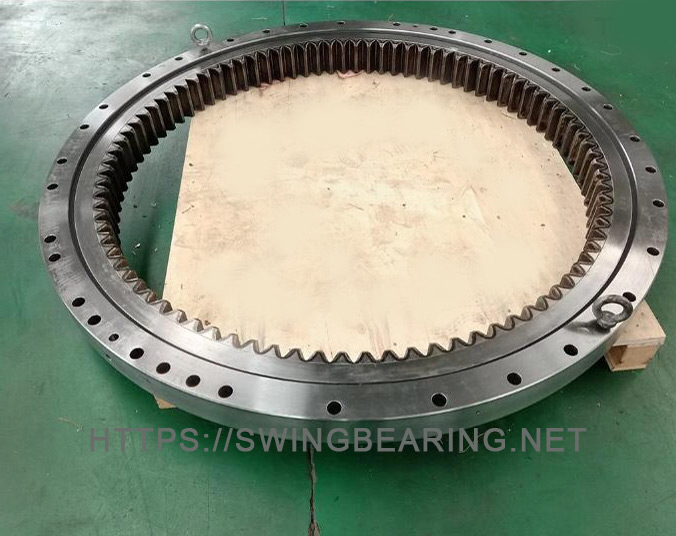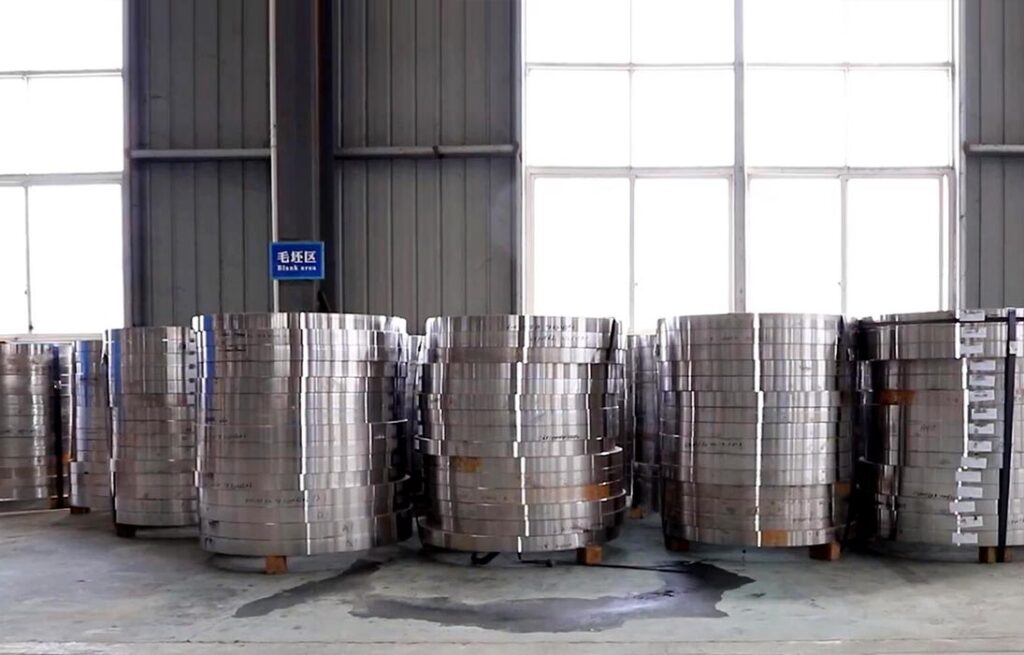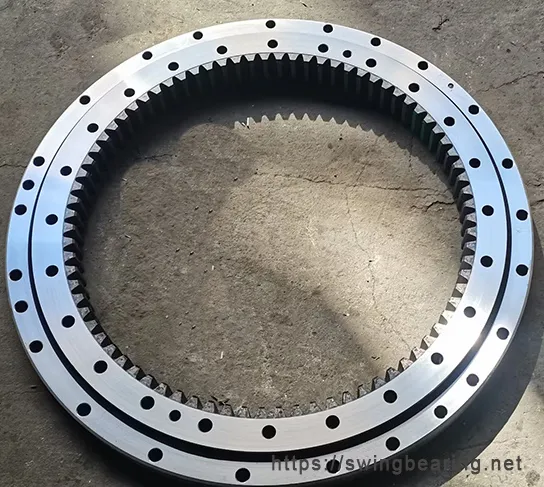
Premature failure of slewing bearings in heavy machinery such as the CAT 365C excavator can lead to significant operational downtime, expensive repairs, and compromised safety. The CAT 365C’s 227-6097 slewing bearing is a critical component that enables the smooth rotation of the upper structure, and its early failure can severely impact the machine’s performance. Understanding the common causes of premature failure is essential for preventive maintenance and ensuring the longevity of the bearing. This blog will delve into the detailed causes of premature failure, providing specific operational steps and data to help prevent these issues.

Slewing bearings are subject to various stresses and environmental conditions that can lead to their early failure. For the CAT 365C 227-6097 slewing bearing, these causes can be broadly categorized into improper installation, inadequate lubrication, contamination, overloading, and misalignment. This comprehensive guide will explore each cause in detail, offering insights and data to help diagnose and prevent premature failures.
Proper installation is crucial for the longevity of the slewing bearing. Incorrect installation can lead to uneven load distribution, increased wear, and early failure. Data from industry studies suggest that up to 25% of bearing failures are due to improper installation.
Misalignment during installation is a common error that can cause uneven load distribution. This leads to excessive wear on specific parts of the bearing, reducing its lifespan.
Applying incorrect torque to the bolts during installation can cause uneven pressure distribution. Using a calibrated torque wrench and following the manufacturer’s specifications is essential to prevent this issue.
Lubrication is critical in reducing friction and wear between the bearing components. Studies show that inadequate lubrication is responsible for nearly 50% of bearing failures.
Using the wrong type of lubricant can cause insufficient lubrication, leading to increased friction and wear. The 227-6097 slewing bearing requires a specific grade of grease, usually specified in the CAT maintenance manual.
Insufficient lubrication can result from not applying enough lubricant during maintenance or failing to re-lubricate at the recommended intervals. Over-lubrication can also be detrimental as it can cause overheating and leakage.
Contamination by dirt, dust, water, or other foreign particles can lead to accelerated wear and corrosion of the bearing components. Contaminants can enter the bearing through damaged seals or during improper handling and maintenance.
Operating in dusty, dirty, or wet environments increases the risk of contamination. Construction sites, for instance, pose a high risk due to the presence of abrasive particles.

Poor maintenance practices, such as using dirty tools or not cleaning the bearing area before applying lubricant, can introduce contaminants.
Overloading the bearing can cause structural damage, deformation, and premature wear. Bearings are designed to handle specific load limits, and exceeding these limits reduces their lifespan.
Engaging in heavy lifting operations without considering the bearing’s load capacity can lead to overloading. Ensure that the lifting capacity does not exceed the specifications for the CAT 365C.
Unevenly distributed loads can result in localized overloading, leading to excessive wear and potential failure.
Misalignment causes uneven load distribution, leading to increased wear and heat generation in specific areas of the bearing. Over time, this can lead to premature failure.
As discussed earlier, improper installation is a primary cause of misalignment. Ensuring correct installation procedures are followed is critical.
Structural shifts or deformations in the excavator can also cause misalignment over time.
Preventing premature failure in the CAT 365C 227-6097 slewing bearing involves understanding and addressing the common causes such as improper installation, inadequate lubrication, contamination, overloading, and misalignment. By adhering to proper installation procedures, maintaining correct lubrication practices, protecting the bearing from contaminants, monitoring load capacities, and ensuring alignment, operators can significantly extend the lifespan of the bearing and improve the overall performance and reliability of the excavator. Regular maintenance and inspections are critical to identifying and mitigating potential issues before they lead to severe damage or operational downtime.
How important is proper lubrication for the CAT 365C 227-6097 slewing bearing?
Answer: Proper lubrication is crucial for the CAT 365C 227-6097 slewing bearing as it helps reduce friction, prevent wear, dissipate heat, and extend the bearing’s lifespan. Regularly scheduled lubrication maintenance and using the recommended lubricants are essential for optimal performance and longevity of the slewing bearing.
What safety precautions should be observed during the replacement of the CAT 365C 227-6097 slewing bearing?
Answer: Safety precautions during the replacement of the CAT 365C 227-6097 slewing bearing include wearing appropriate personal protective equipment, following proper lockout/tagout procedures, ensuring equipment stability, and avoiding contact with hot surfaces or moving parts. Prioritizing safety measures helps prevent accidents and injuries during maintenance tasks.